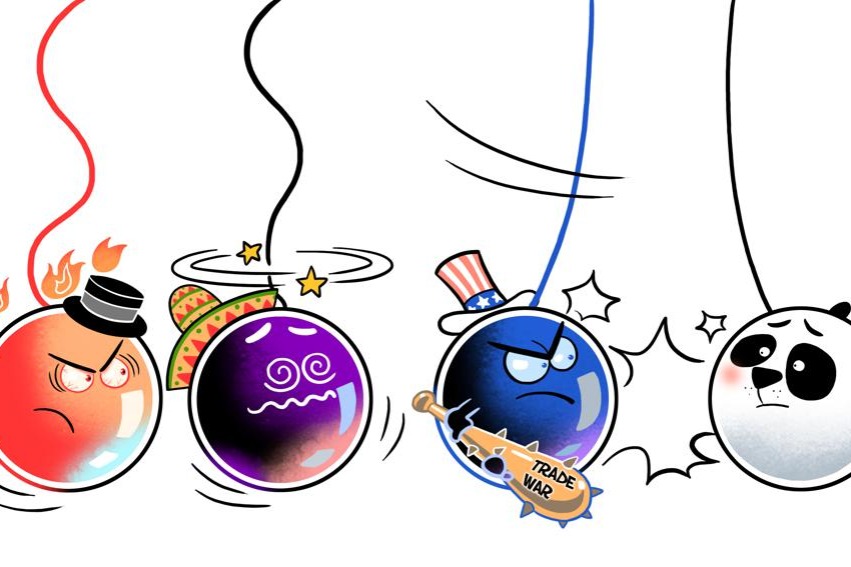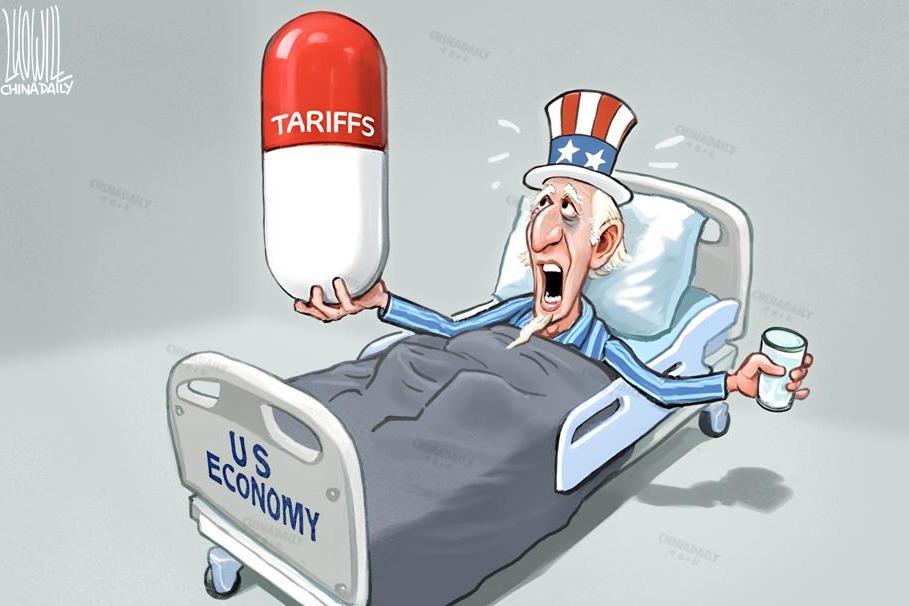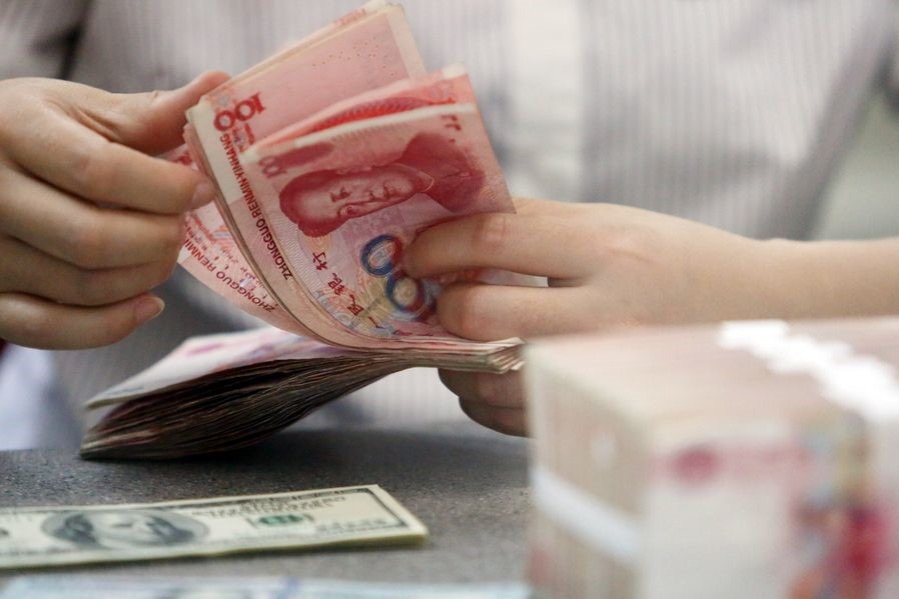Flat world is nothing but a utopia
The overt and covert competition between China and the US has made it extremely difficult for companies to walk a tightrope between the two countries


As a cornerstone of the information and communications technology industry and the burgeoning artificial intelligence industry, semiconductors are becoming the battlefield of industrial competition between major countries. Taiwan Semiconductor Manufacturing Company, the global leading manufacturer of semiconductors with cutting-edge technologies in the fabrication of advanced chips, in reality is caught in the rivalry between superpowers and faces a strategic dilemma.
On the one hand, TSMC's production should be highly concentrated given the comparative advantages of factor endowments and the characteristics of the chipmaking industry, while on the other hand, the company has been forced to build new factories across multiple regions due to political pressure and security concerns, which has significantly pushed up its operating costs.
The plight TSMC faces is essentially that of a super company caught in geopolitical pressures. As geopolitical relations worsen and industrial competition escalates, super companies of strategic significance are forced to take sides between major countries, thus making it difficult to balance security and efficiency.
The predicament of TSMC lies in the fact that, as a highly globalized enterprise, it is both dependent on the United States and the Chinese mainland. The company relies on the US for technology and funding, while it needs the Chinese mainland in terms of market and production.
When China and the US jointly pushed forward economic globalization, TSMC developed rapidly by capitalizing on the resources of both sides. But as the growing rivalry between the two nations splits the current international economic order and geopolitical tensions spill over to the commercial world, TSMC has got caught in the crossfire and is forced to pick a side between these two powers. The enterprise is increasingly worried about the security risks brought by the weaponization of economic issues. Stuck in the middle of the China-US competition, the Taiwan-based company faces the dilemma of being forced to choose whether to "lean toward one side", or strive to maintain "having it both ways".
On the one hand, the US provides critical technological support for TSMC to seek its own benefits. In the 1960s, the outsourcing of the US' semiconductor industry helped Taiwan gain a foothold in the field.
In the 1980s, when a trade conflict broke out between the US and Japan over semiconductors, the US chose to support the development of the semiconductor industry in China's Taiwan region and the Republic of Korea in a bid to reshape the industrial landscape in East Asia. It is in this background that TSMC was born and then grew rapidly, thanks to contracts from semiconductor giants Intel and Apple. Today, TSMC still relies heavily on the US upstream suppliers for technologies and services, and is subject to the technology system dominated by the US.
On the other hand, the US provides vital financing support to TSMC, which is a capital-intensive enterprise. Listed on the Taiwan Stock Exchange and the New York Stock Exchange, TSMC is largely dependent on the latter for financing. Depository institutions represented by Citibank are major platforms through which TSMC raises funds.
At the same time, TSMC is reliant on the Chinese mainland for its market and production capacity.
First, as the "world's factory", the Chinese mainland has a well-established ecosystem for semiconductors and related industries, abundant labor force, advanced infrastructure and supportive policies, thereby attracting TSMC and related industrial chains from around the world.
Since TSMC was founded in 1987, the Chinese mainland has been the company's only destination for setting up factories outside of Taiwan — except for the past few years when it expanded overseas in the context of escalating geopolitical competition. TSMC built a foundry in Shanghai in 2002 and another one in Nanjing, East China's Jiangsu province, in 2016. As for its US foray, TSMC began to build its first fab in Arizona in April 2021, but delayed its full production until 2025 because of a shortage of specialist workers.
Second, the Chinese mainland is the biggest export market for Taiwan's integrated circuits, and the world's largest consumer market for semiconductors. This makes it impossible for TSMC to completely give up the Chinese mainland market and throw itself into the arms of the US.
These factors mean TSMC is caught in a complex dilemma. It is compelled by the US to sacrifice efficiency and build factories in the US, Japan and Europe, where manufacturing costs are higher; and it also needs to "fight" the US' high-tech ban on China, and seek an exemption for the export of semiconductor manufacturing equipment so as to expand its production lines in Nanjing. The overt and covert competition between China and the US revolving around TSMC has made it more difficult for the company to walk a tightrope between the two countries.
The story of TSMC epitomizes how super companies that have achieved immense success because of globalization become vulnerable amid the torrents of geopolitics. Unable to stay away from politics, these companies have to make cautious decisions in a worsening geopolitical environment and struggle to survive major-country competition. In this sense, the so-called flat world is nothing but a utopia created by liberalism.
The author is deputy dean of the School of International Studies, professor of international relations and director of the Center for American Studies at Renmin University of China. The author contributed this article to China Watch, a think tank powered by China Daily. The views don't necessarily reflect those of China Daily.
Contact the editor at [email protected].































